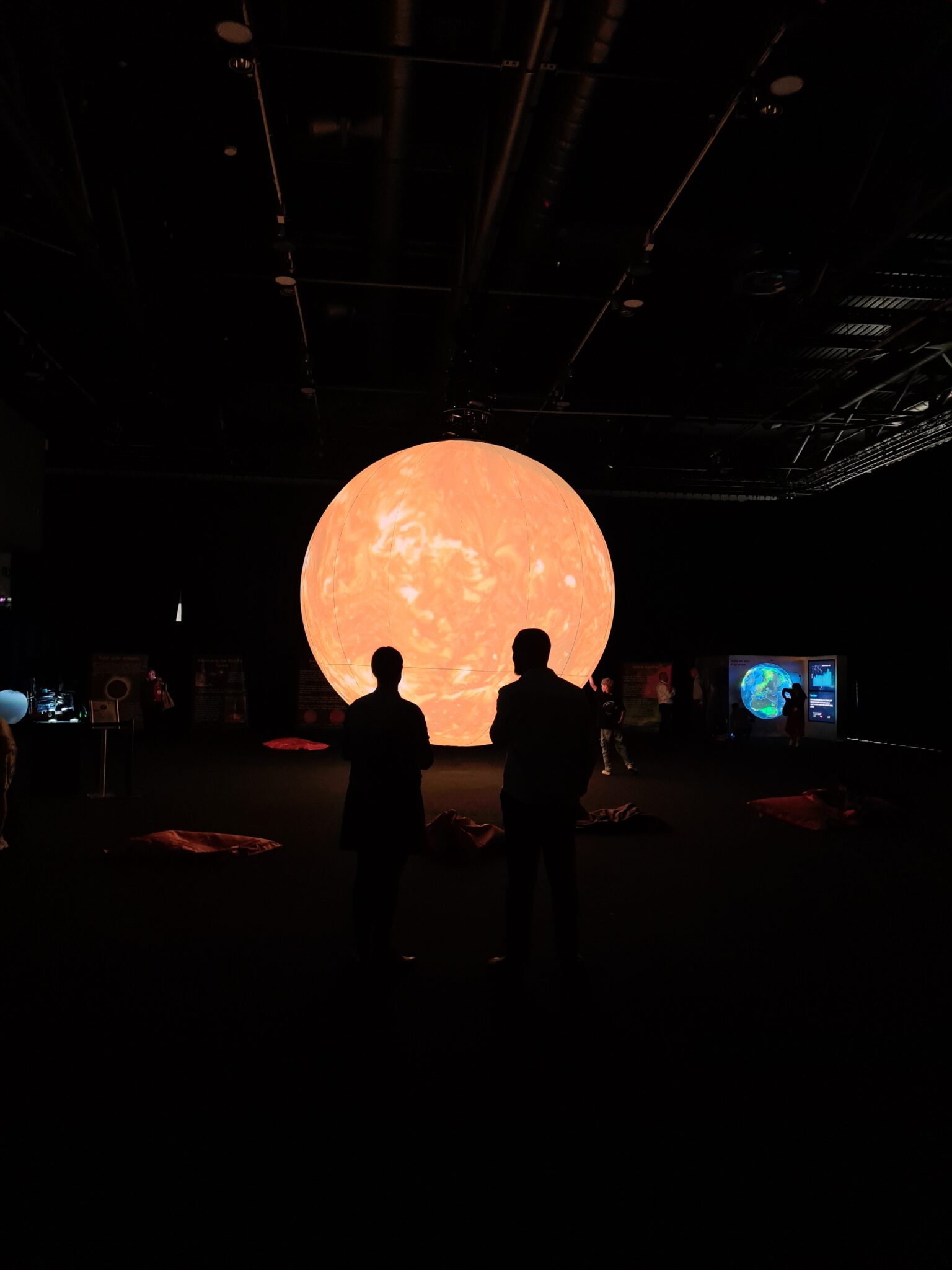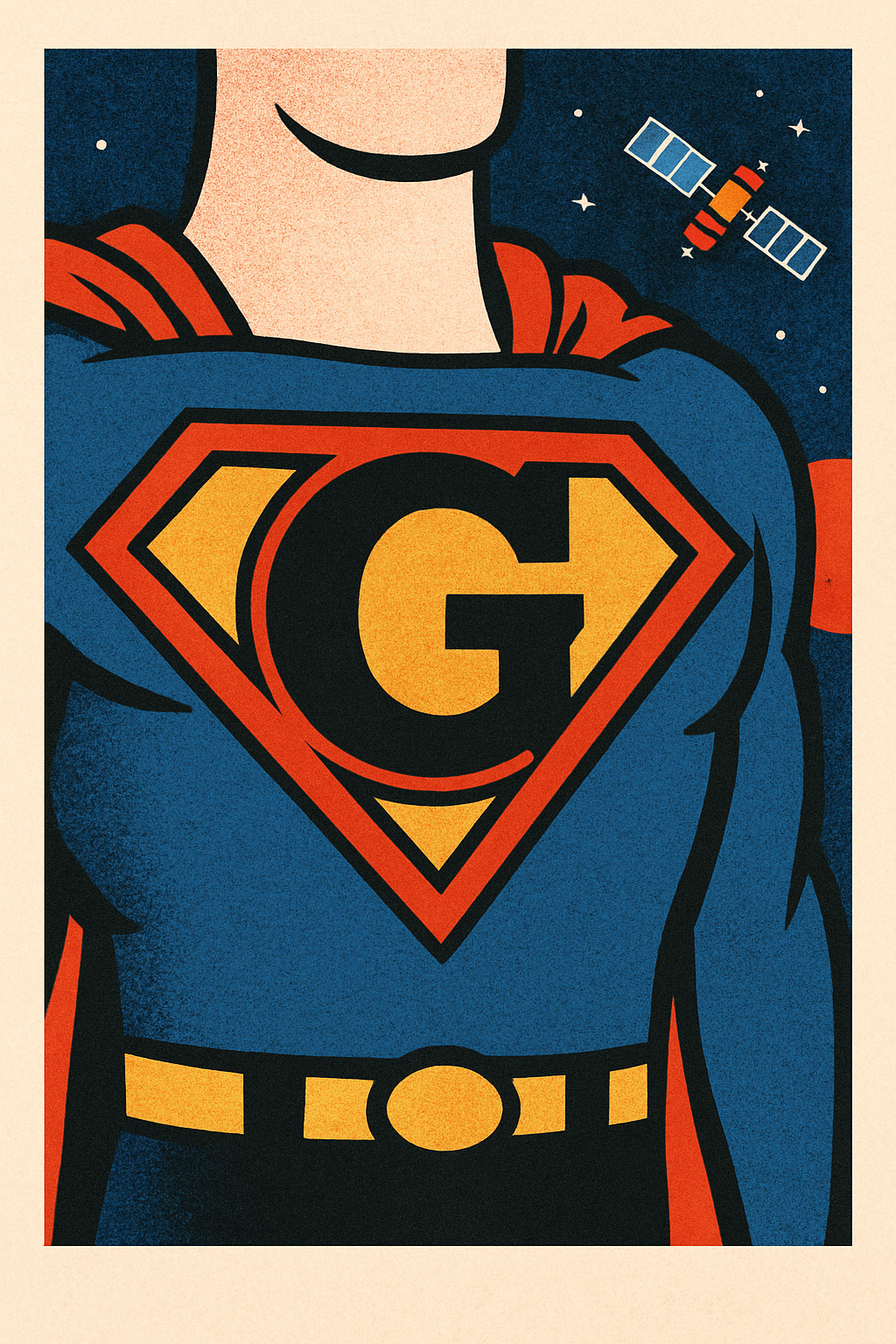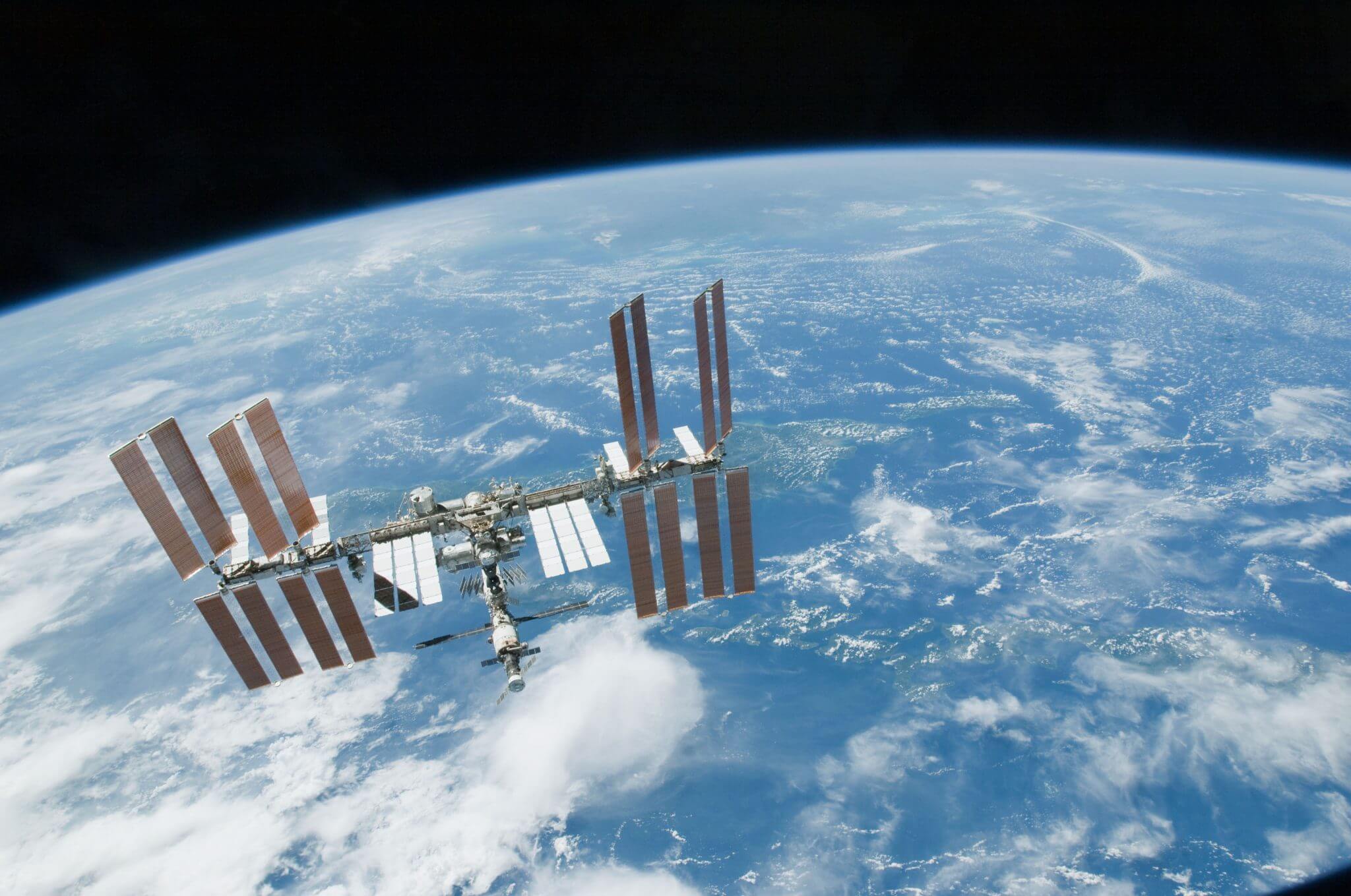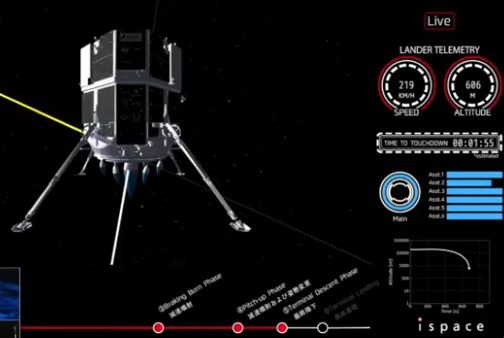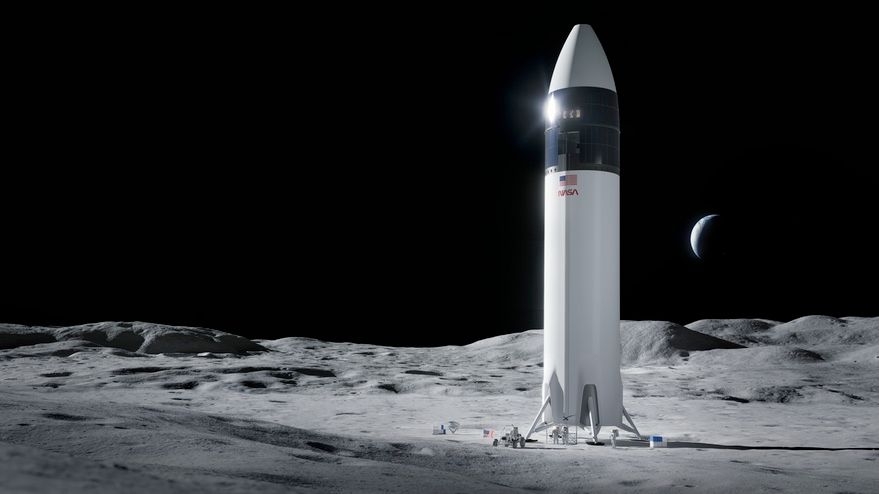Airbus Defence and Space (Airbus DS) has been formally awarded a contract from the European Space Agency (ESA) worth €390 million to construct the service module for the NASA manned space capsule Orion. The service module will provide propulsion, power supply, thermal control and the central elements of the life support system of the American capsule and is based on technology already developed for ESA’s Automated Transfer Vehicle (ATV) cargo spacecraft.
It is the first time that Europe has been involved in providing system-critical elements for an American space project. The project was originally agreed between NASA and ESA in December 2012.
Once the system designs for the service module had been approved by the ESA in May 2014, the detailed definition phase began, parallel to the construction of the first hardware. This is set to be completed in November 2015, when ESA approves the detailed design. The qualification and production phases will then begin.
The intention is to use the Orion space capsule for human missions to the Moon, to asteroids and into the depths of space. Lockheed Martin Space Systems is developing and constructing the space capsule for four or more astronauts on behalf of NASA.
Planned for 2017/2018, the first Orion mission in which Europe is involved, “Exploration Mission 1”, consists of an unmanned flight to the Lagrangian points of the Moon and a return to Earth. The aim of this mission is not only to demonstrate the spacecraft’s performance capabilities before its human deployment, but also to achieve qualification for NASA’s new Space Launch System rocket. As part of “Exploration Mission 2”, Orion is then scheduled to be launched into space not earlier than 2020 with astronauts on board.
Comment by David Todd: NASA would have liked to have kept the Orion project an all-American affair, but not having enough funds to build the SLS heavy lift launch vehicle and the Orion capsule and service module led to ESA becoming involved. From a technical point of view it made sense to have ESA build the service module. ESA has shown its recent space exploration prowess with its unmanned comet exploration mission Rosetta/Philae, and even more relevantly, it has directly applicable ATV technology on which it had already spent a lot of money developing. It also suited ESA as a way of becoming more directly involved in long range manned space exploration, but also as a means of paying of its International Space Station (ISS) debts. NASA will however be very careful to stay in full control of the SLS/Orion exploration project. It does not want to repeat the mistakes which happened with ISS. Arguably, one of the reasons why the ISS cost so much, was that ‘too many cooks’ were involved.




